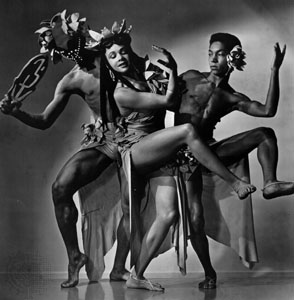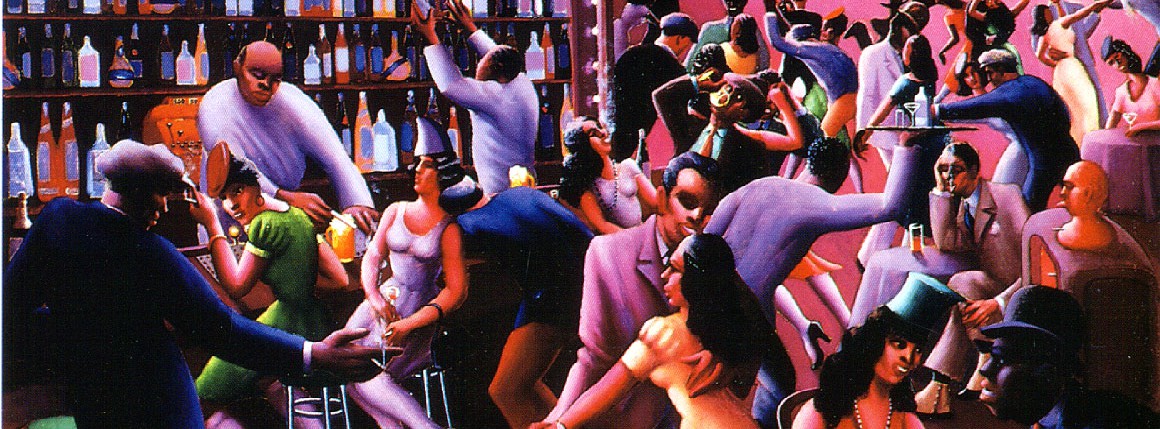.After the Civil War, many people from the South, Africa and the Caribbean moved to various North American cities. New York, specifically in Harlem, became a home to black people from different cultural backgrounds and traditions with unique dance and music styles. Harlem’s location also helped give the “New Negroes” visibility and opportunities for publication that weren’t previously available to them elsewhere. Harlem became the “in place” among black and white residents — its clubs brought music and dance together that was considered alive and exciting. Harlem eventually became a catalyst for artistic experimentation, as well as a very popular nightlife destination. Dance moves such as the Charleston and the Lindy Hop became really popular out of these clubs, as well as the beginnings of Jazz music. The influences of dance and music during the Harlem Renaissance in New York City later spread throughout Europe during the 1920s and 1930s.


